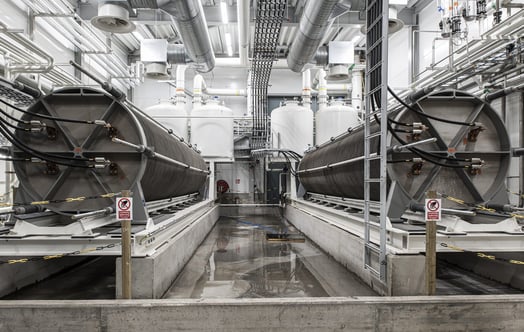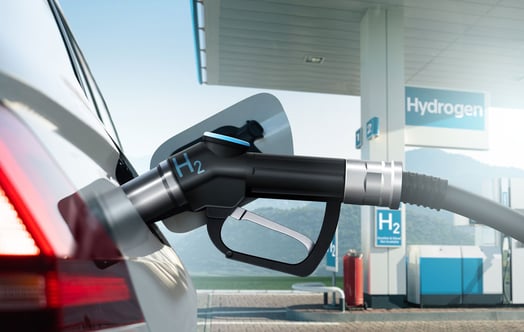Fossil-free hydrogen
Fossil-free hydrogen plays an important role in the decarbonisation of industries where direct electrification is not always feasible. Through delivery of fossil-free electricity at scale, Vattenfall is working with partners across sectors to develop hydrogen solutions that support climate targets and enable a fossil-free future.
Indirect electrification with hydrogen
While direct electrification – such as through electric vehicles or heat pumps – remains a cornerstone of the energy transition, there are areas where it is not yet technically or economically viable. In these cases, fossil-free hydrogen produced via electrolysis using electricity from fossil-free sources offers a promising alternative.
Hydrogen can help reduce emissions in industries such as steel, refining, chemicals, and transport, as well as in applications like district heating and agriculture. It can serve as both an energy carrier and a feedstock, replacing fossil fuels such as natural gas and coking coal in industrial processes.
Scaling up with fossil-free power
As one of Europe's largest producers of fossil-free electricity, Vattenfall is well positioned to support the growth of hydrogen infrastructure. Offshore wind, in particular, will be crucial in providing the volumes of electricity needed to power large-scale electrolysis and supporting the hydrogen economy.
Building momentum across Europe
Reducing the cost of fossil-free hydrogen remains a key challenge. Scaling up production and infrastructure is essential for improving market competitiveness. National and European hydrogen strategies are helping to provide direction and investment frameworks. Germany, for example, aims to install 10 GW of electrolysis capacity by 2040, the UK targets 5 GW by 2030, and Sweden plans to reach 3 GW by 2030 and 8 GW by 2040.
Vattenfall supports this transition through targeted investments and partnerships that help create the conditions necessary for a competitive and sustainable hydrogen market.
When can hydrogen be considered fossil-free?
Hydrogen is produced by splitting water into hydrogen and oxygen, through a process called electrolysis. If the electricity used in the electrolysis comes entirely from fossil-free sources, such as wind, solar, hydro or nuclear, the resulting hydrogen is classified as fossil-free.
Find out more about our hydrogen initiatives below.
Fossil-free steel
In HYBRIT, our joint venture with SSAB and LKAB, fossil-free hydrogen replaces coal in the steelmaking process.
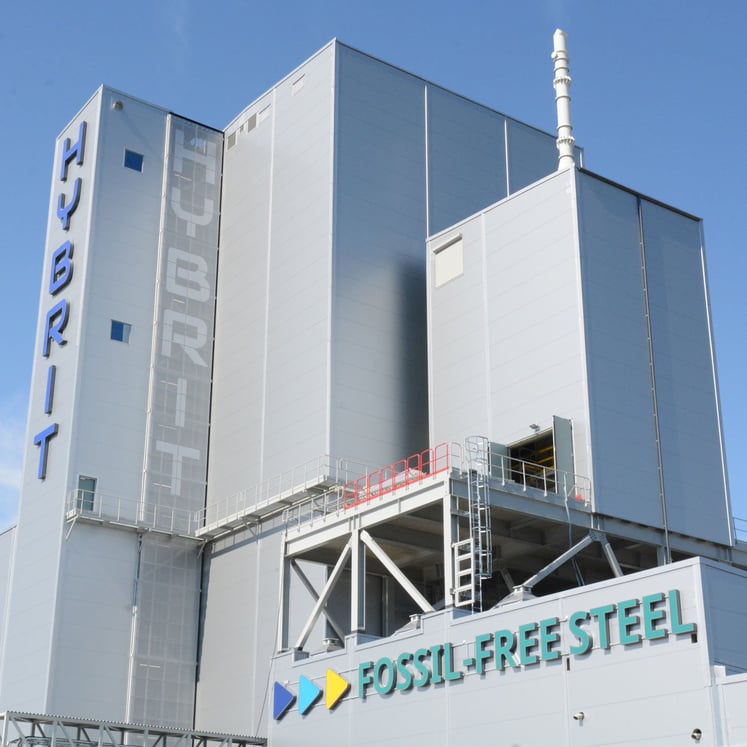
Biofuel production
Preem and Vattenfall are exploring large-scale biofuel production using fossil-free hydrogen.
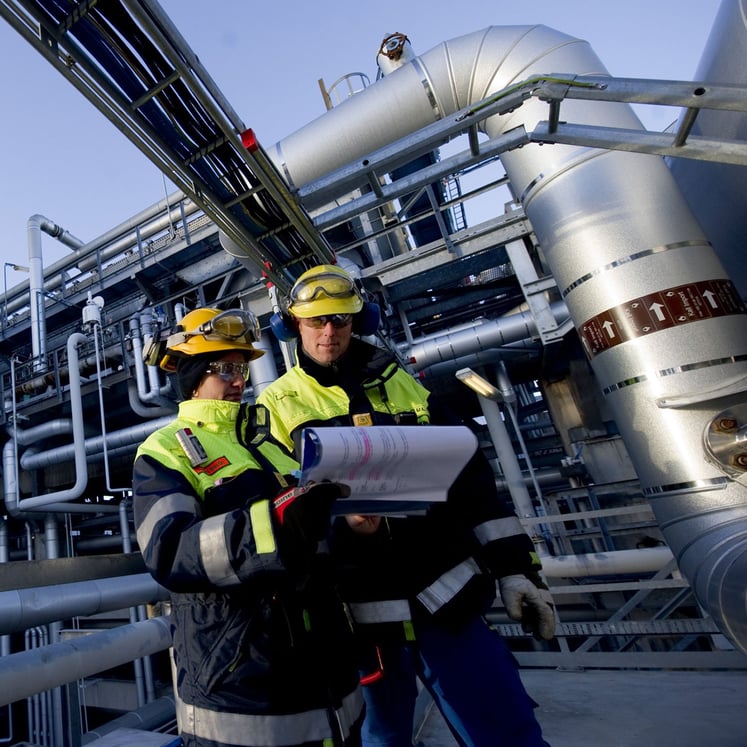
Fossil-free hydrogen from offshore wind
Copenhagen Infrastructure Partners and Vattenfall have formed the joint venture Zeevonk to produce fossil-free hydrogen from offshore wind in the Netherlands.
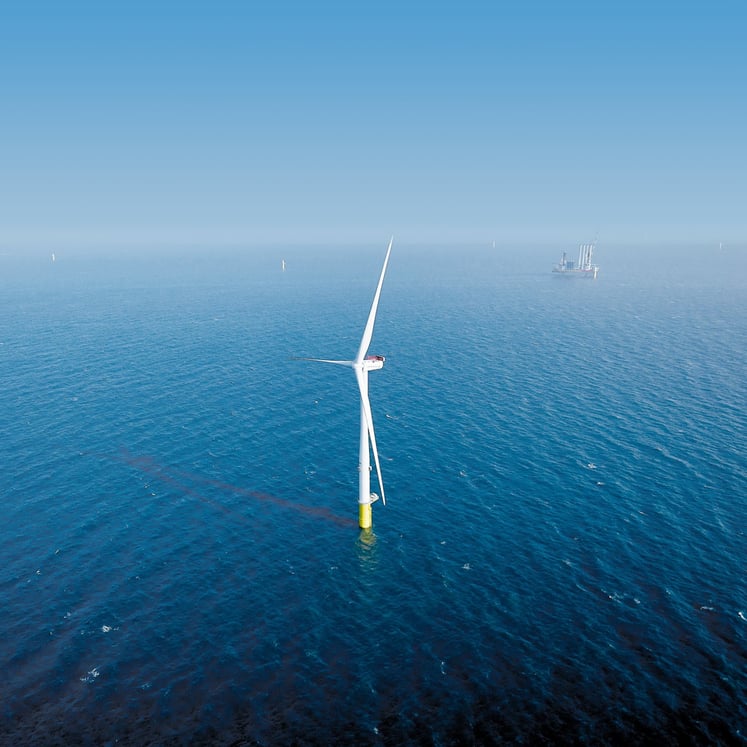
News about hydrogen
Memberships
Vattenfall actively supports national and international institutions focused on hydrogen technology development.
Related content

Together with Cemvision, we aim to enable large-scale use of near-zero emission cement.
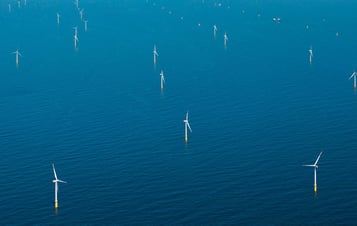
St1 and Vattenfall analyse opportunities related to fossil-free fuels.

Large-scale production of electrofuel is an opportunity for the aviation sector.

